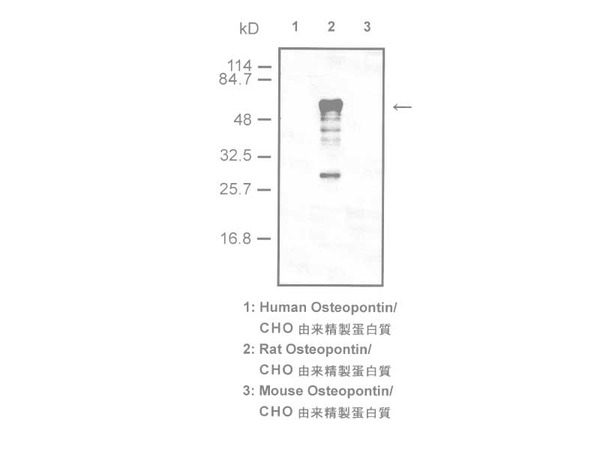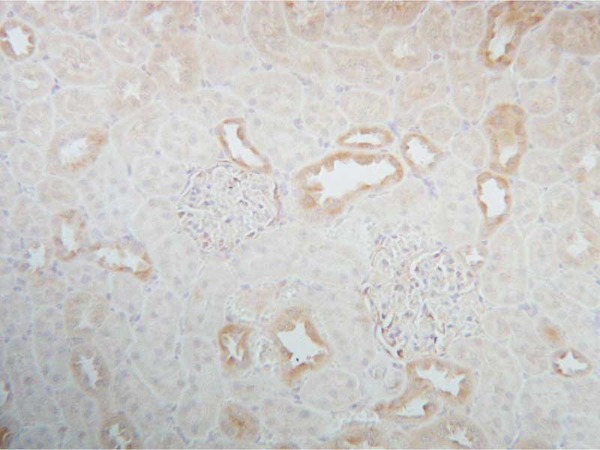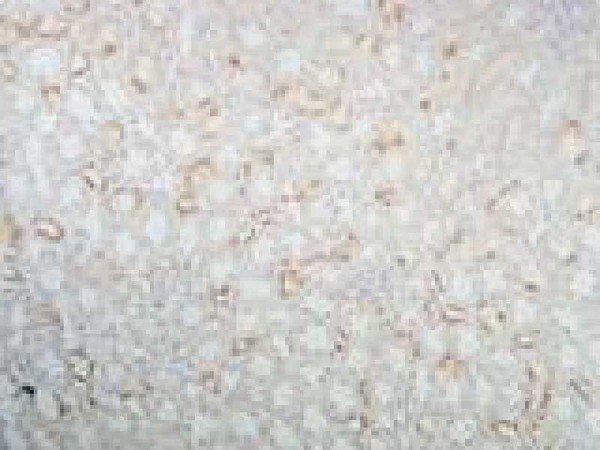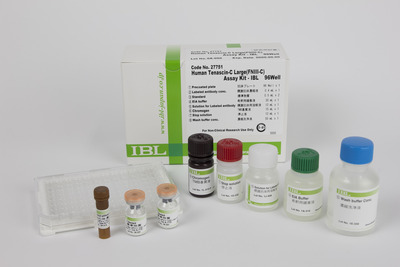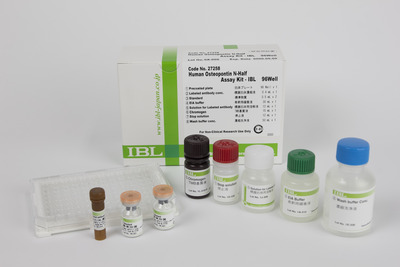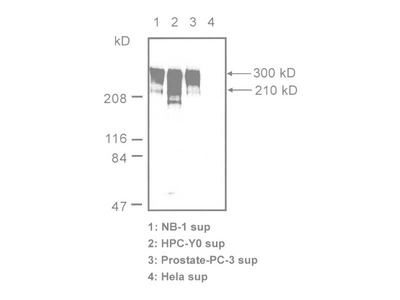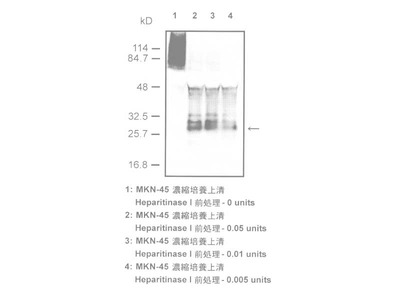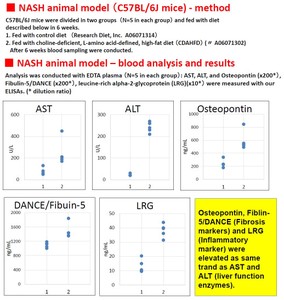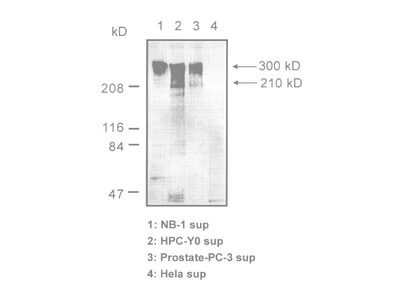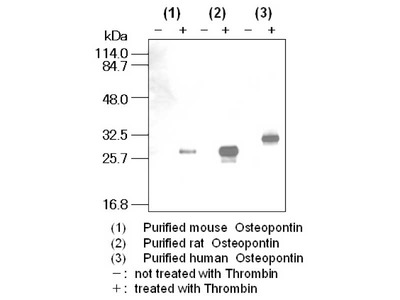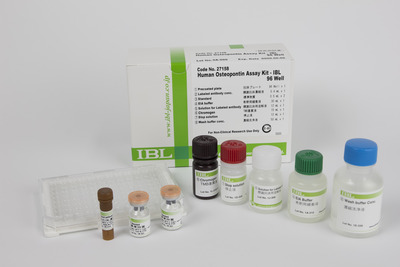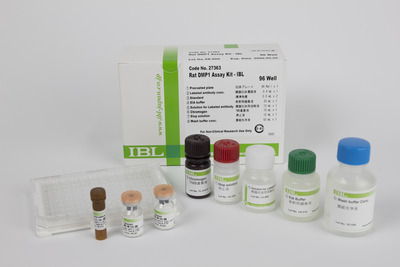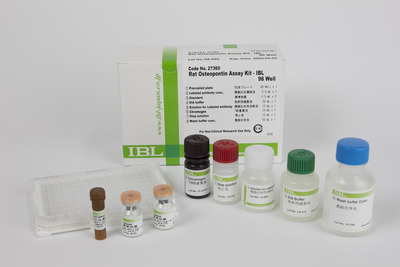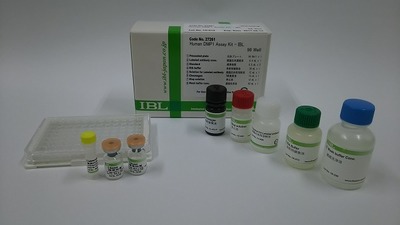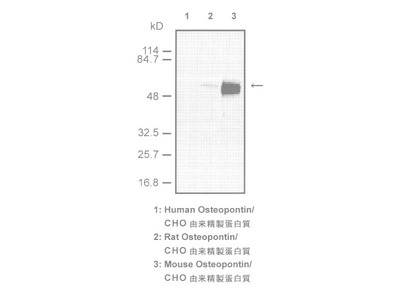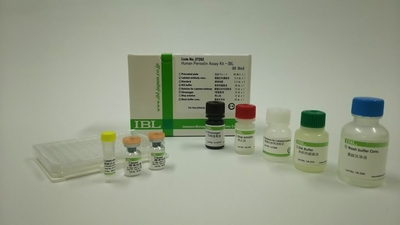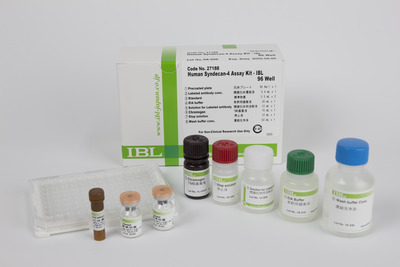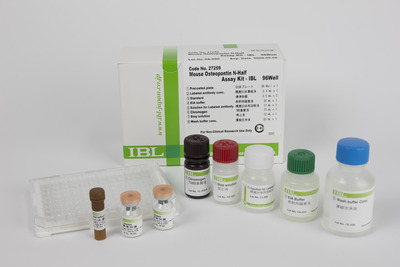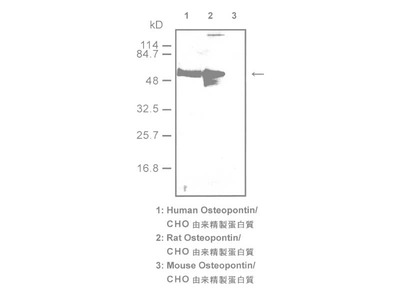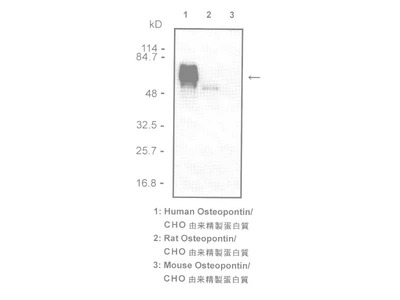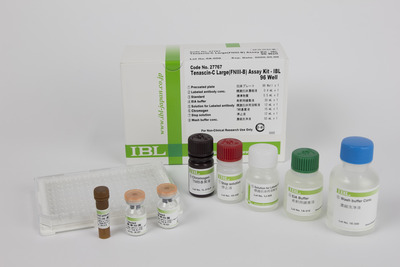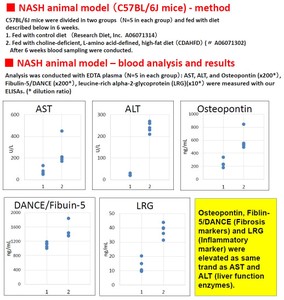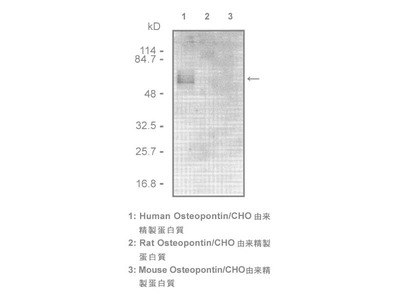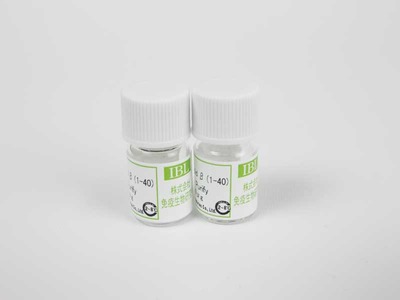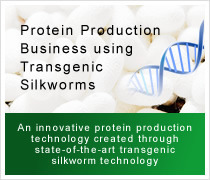- HOME >
- For Researchers >
- Product Search >
- Search Result >
- #18628 Anti-Rat Osteopontin (O-17) Rabbit IgG Affinity Purify
Product Search
#18628 Anti-Rat Osteopontin (O-17) Rabbit IgG Affinity Purify
- Intended Use:
- Research reagents
- Application:
- WB, IHC
- Package Size1:
- 100 μg
- Package Size2:
- 10 μg
- Note on Application Abbreviations
- WB:Western Blotting
- IHC:Immunohistochemistry
※ The product indicated as "Research reagents" in the column Intended Use cannot be used
for diagnostic nor any medical purpose.
※ The datasheet listed on this page is sample only. Please refer to the datasheet
enclosed in the product purchased before use.
Product Overview
Product Overview
| Product Code | 18628 |
|---|---|
| Product Name | Anti-Rat Osteopontin (O-17) Rabbit IgG Affinity Purify |
| Intended Use | Research reagents |
| Application | WB, IHC |
| Species | Rat |
| Immunizing antigen | Synthetic peptide of the N-terminal part of rat Osteopontin (LPVKVAEFGSSEEKAHY) |
| Purification Method | Purified with antigen peptide |
| Specificity | Reacts with both recombinant and native form of rat Osteopontin. Detectable for rat Osteopontin thrombin digested form. Does not cross-react with human and mouse Osteopontin |
| Package Form | Lyophilized product from PBS containing 1 % BSA and 0.05 % NaN3 |
| Storage Condition | 2 - 8℃ |
| Poisonous and Deleterious Substances | Applicable |
| Cartagena | Not Applicable |
| Package Size 1 | 100 μg |
| Package Size 2 | 10 μg |
| Remarks1 | The commercial use of products without our permission is prohibited. Please make sure to contact us and obtain permission. |
Product Description
Product Description
Osteopontin (OPN) is a secreted glycoprotein that was originally isolated from bone. Its molecular weights have been reported in the range of 66 kDa to 44 kDa depending on glycosylation and phosphorylation. OPN is also known to be expressed in other fluids and tissues including milk, urine, activated T cells, smooth muscle cells, kidney and some tumor cells. OPN contains an Arg-Gly-Asp (RGD) amino acid sequence. This motif is present in fibronectin, vitronectin and a variety of other extra-cellular proteins that bind members of the integrin family of cell surface receptors such as αvβ3. OPN was also identified as a ligand for CD44, which levels correlate with aggressiveness of lymphoid tumors and invasiveness of bladder carcinoma. Its interaction does not require RGD motif of OPN. In OPN knockout mice, it has been reported that a significantly decreased level of debridement was shown. Although the distribution and expression pattern of OPN in the human body have suggested the multiple function of OPN, its function under different situations remain obscure. And it is reported the N-terminal OPN fragment cleaved by thrombin (OPN N-Half) binds to α4 or α9 integrin, and the relation with many inflammatory disease is suggested.

